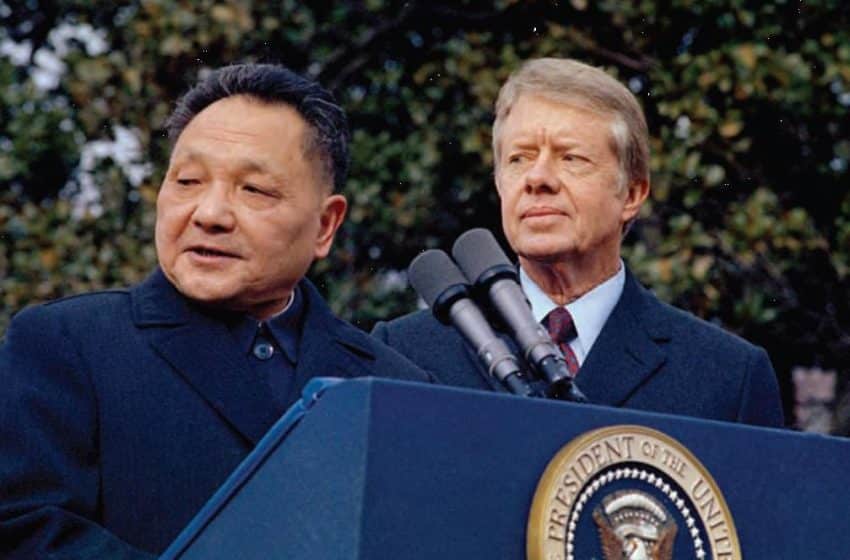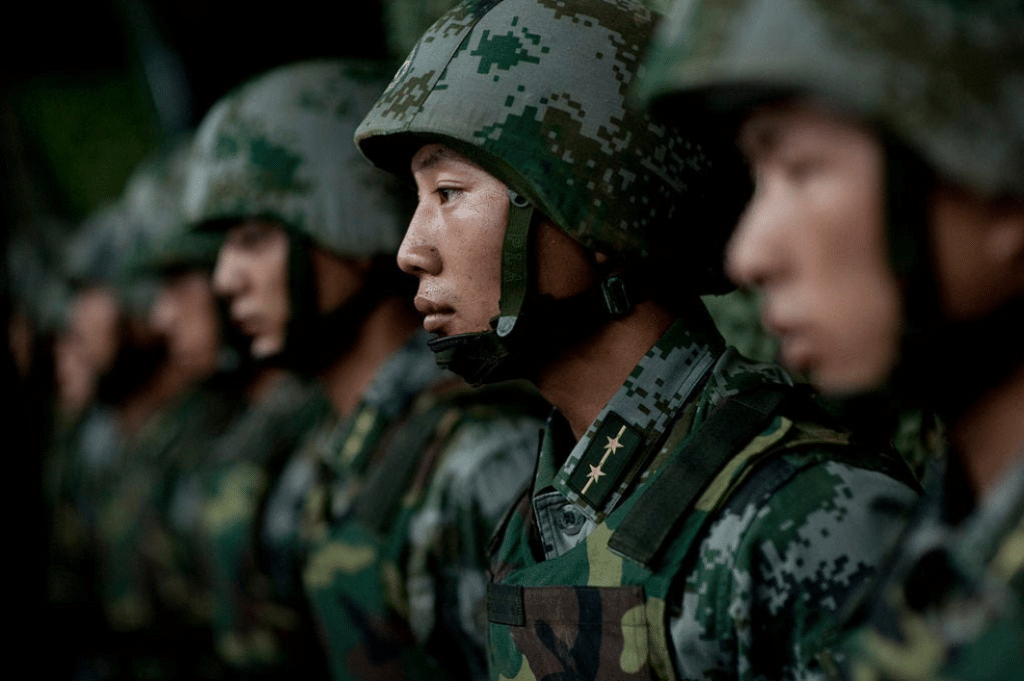THAAD Deployment Incites Protests at Home and Abroad
In a small city in the southeast of the Korean peninsula, the Prime Minister was trapped on a bus. A mob of protesters encircled the vehicle outside, pelting the windows with eggs and water bottles. A few days ago, news had come that the city of Seongju had been chosen as the site for the deployment of the Terminal High Altitude Area Defense (THAAD) system, an anti-ballistic missile system operated by the U.S. Army. The citizens of the region have protested the decision, fearing the unknown health effects of the electromagnetic waves emitting from the equipment. In an attempt to allay their concerns, the Prime Minister Hwang Kyo Ahn had made the trip down from Seoul to speak in front of the crowd. Hwang, however, had only managed to further enrage the protesters. News crews broadcasted the furious crowd blockade themselves in front of Hwang’s vehicle, preventing him from leaving the city for six hours.
The residents of Seongju were not the only ones to oppose the deployment of THAAD. China has staunchly stated its opposition to THAAD on the Korean peninsula for months, beginning with the onset of the initial talks between South Korea and the United States last year. While South Korea and the United States have stated that the purpose of the missile system is to protect against an increasingly belligerent North Korea, China remains suspicious that the X-band radar accompanying THAAD will be used to monitor Chinese defense systems.
In February, the Chinese ambassador to South Korea, Qui Guohong, warned that THAAD would “destroy” Sino-Korean ties “in an instant”. Qui further cautioned that THAAD “would break the strategic balance in the region and create a vicious cycle of Cold War-style confrontations and an arms race, which could escalate tensions.” China’s foreign minister, Wang Yi, has echoed similar statements. “The THAAD system has far exceeded the need for defense in the Korean peninsula and will undermine the security interests of Russia and China, shatter the regional strategic balance and trigger an arms race”, he stated. China, Wang continued, “can’t understand and we will not accept why [South Korea] made a deployment exceeding the need.”
Qui and Wang’s statements allude to China’s greater concerns of the broader implications of THAAD on the ‘strategic balance’ in Northeast Asia. Whereas once the United States was the undisputed power in Asia and South Korea’s most important ally, China’s rise in economic and strategic importance has challenged the American position on both fronts. In symbolic terms, the THAAD deployment is a reinforcement of South Korea’s commitment towards its military alliance with the U.S. It is also a step backwards for China’s ambitions on regional influence. The move towards strengthening the U.S. alliance came as somewhat of a surprise from South Korean president Park Geun Hye, who has led the country towards a closer relationship with China. In the past few years, South Korea has ratified a long-proposed free trade agreement with China and has joined the China-led Asian Infrastructure Investment Bank (AIIB). President Park has, despite U.S. objections, attended the military parade in Beijing celebrating the 70th anniversary of Japan’s defeat in World War II. She has even given a speech in Chinese at Tsinghua University in Beijing.
The THAAD decision suggests that despite its increasingly close ties with China, the South Korean government still considers the U.S. to be its most important ally. But many, especially young South Koreans, hold doubts of the U.S.-Korea relationship. Domestic protests against deployment have largely centered on the unknown health risks of the radar and the government’s seeming unwillingness to listen to public opinion. Yet underlying the opposition movement are also questions of what the THAAD deployment will actually accomplish. Some have outright called into question the effectiveness of the ability of the THAAD system to intercept North Korean missiles aimed at the South, claiming that the system’s capabilities have not been fully tested. These critics argue that THAAD deployment only serves the interests of the United States in protecting North Korean ICBMs aimed at the American mainland as a part of its ballistic missile defense system (BMDS).
Others have also put forth the notion that damaging the Sino-Korean relationship could ultimately prove fatal in dealing with North Korea. There has been hope in recent years that China has been inching away from its support of the totalitarian regime. Xi was the first Chinese president to visit Seoul before Pyongyang, and has shown signs that he is less willing to put up with the dangerous brinksmanship antics of Kim Jong Un. Antagonizing China, some South Koreans feel, risk pushing it back towards its Norther neighbor. “The deployment of THAAD pushes North Korea and China together,” stated Ju Seungyong, a South Korean congressman. “It is not that we are scared of Chinese retaliation. It is that we need China’s help in order to restrict North Korea’s nuclear program.”
Despite these criticisms, there are still many who regard North Korea and China’s ambitions with fear, and prefer the military protection of the United States. “Our enemy has always been North Korea and Communist China,” commented one reader. “The Korean War is not over. It is at a momentary ceasefire.” No matter what decision is ultimately reached, there will be accusations that South Korea has ‘submitted’ to either China or America. Both countries are crucial allies for South Korea, and what it needs to do going forward is try to regain its balance, avoiding further missteps that would alienate one side. As long as China and America continue to regard each other with suspicion and mistrust, Korea will continue be in the unfortunate but all too familiar position of being the “minnow in between two whales”.
By: Sungwoo Park








